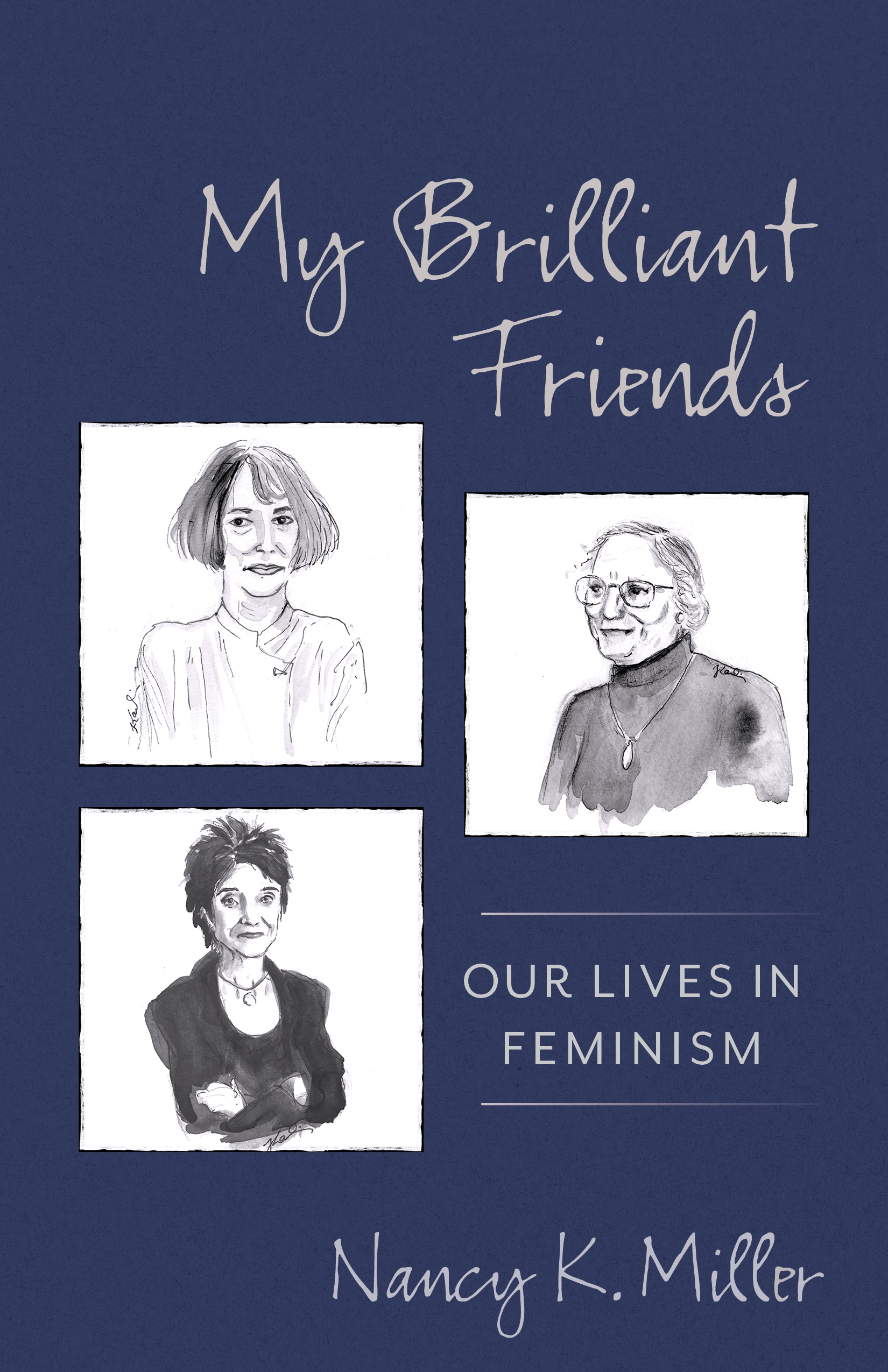Taming the Wild Horse: A Daoist Contemplative Path

“In my engagement with the Horse Taming Pictures, informed by meditation, reading itself becomes a contemplative practice, an exercise in contemplative reading.”— Louis Komjathy
This week’s featured poetry book centers on a series of illustrated poems. The following is a guest post by Louis Komjathy, author of Taming the Wild Horse: An Annotated Translation and Study of the Daoist Horse Taming Pictures.
• • • • • •
My new book is the first English translation and study of the Daoist Horse Taming Pictures, a series of twelve untitled and illustrated poems, the first ten of which are equine-centered.
They are a late medieval Daoist adaptation of the now well-known Chan (Zen) Buddhist Ox Herding Pictures. They were composed by Gao Daokuan, a third-generation Daoist monk. The Daoist Horse Taming Pictures are preserved in the first scroll of Gao’s Shangsheng xiuzhen sanyao, or Three Essentials for Cultivating Perfection According to the Highest Vehicle.
Gao’s work utilizes the analogy of a “wild” or “untamed horse” for ordinary mind and habituated consciousness, which are characterized by high degrees of sensory engagement, emotional volatility, and intellectual reactivity. The pictures represent an interesting attempt to corral “horse-thought,” which was a central concern of the early Complete Perfection school of Daoism. They emphasize the importance of dedicated and sustained self-cultivation, with particular commitment to meditation, as the means to become attuned with the Dao. These compositions in turn provide a map of contemplative practice and contemplative experience; they represent and describe stages on the Daoist contemplative path.
• • • • • •
The book includes a contemplative commentary that draws upon twenty years of dedicated and prolonged Daoist cultivation, including consistent meditation practice. This “lived perspective” will appeal beyond academics to practitioners of all contemplative and mystical traditions. Daoist contemplative practice leads to a transpersonal form of experiencing, one in which it is possible to discover a deeper way of “being with horses.” For Daoists, as for many Buddhists, the relationship with “nonhuman” animals is one key expression of contemplative practice. The “question of the animal” has rarely been considered in connection with these traditions and will be of interest to anyone interested in animal studies.
In my engagement with the Horse Taming Pictures, informed by meditation, reading itself becomes a contemplative practice, an exercise in contemplative reading. The practitioner or reader reflects on the illustrated poems as a “contemplative cartography” and applies that map to his or her personal practice. We see our practice through symbolic horses and then turn it toward actual horses. The observation of living animals clarifies both contemplative practice and contemplative being. So, perhaps, the Horse Taming Pictures may be a means for training actual horses, and training actual horses may be a contemplative practice. Ultimately, perhaps, we no longer need training but simply abide in “equine being.”
One particularly fascinating dimension of the research for this book involved equine and equestrian fieldwork. Thinking about horses in traditional Chinese society, Daoism, and Complete Perfection led from the pages of a book and academic walls into the world. I met horses, visited horse farms, and discussed the Horse Taming Pictures with horse trainers. These experiences clarified my perspective and helped to substantiate some of my interpretations. Perhaps most importantly, they allowed me to share time with other living animals and to remember that contemplative practice is ultimately about embodiment in the world.




